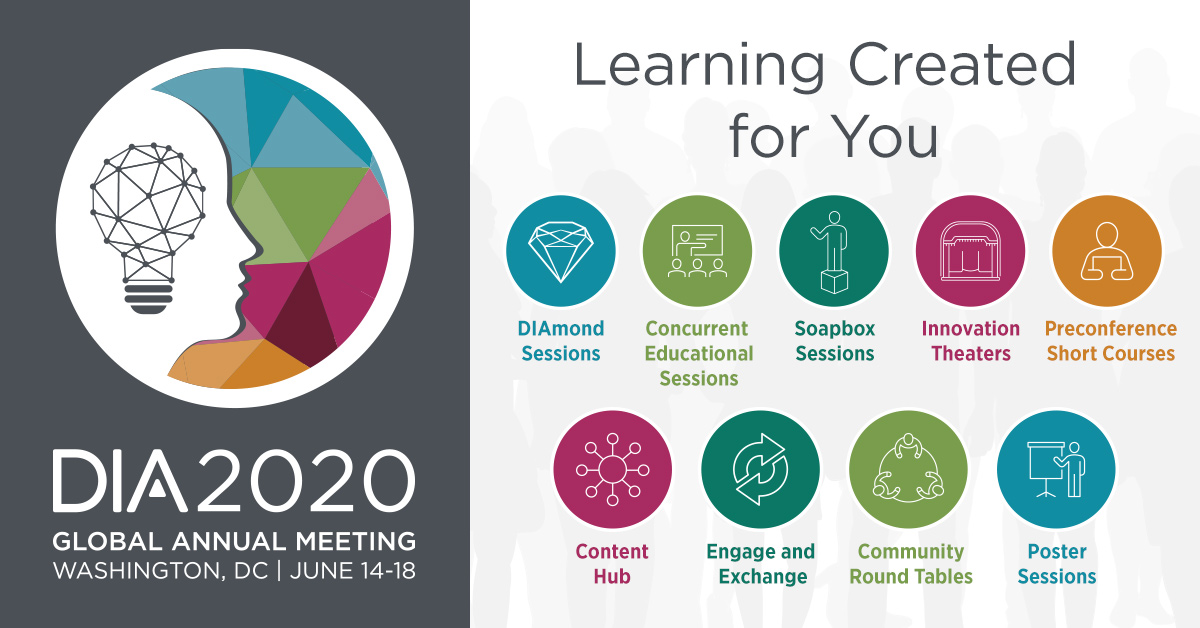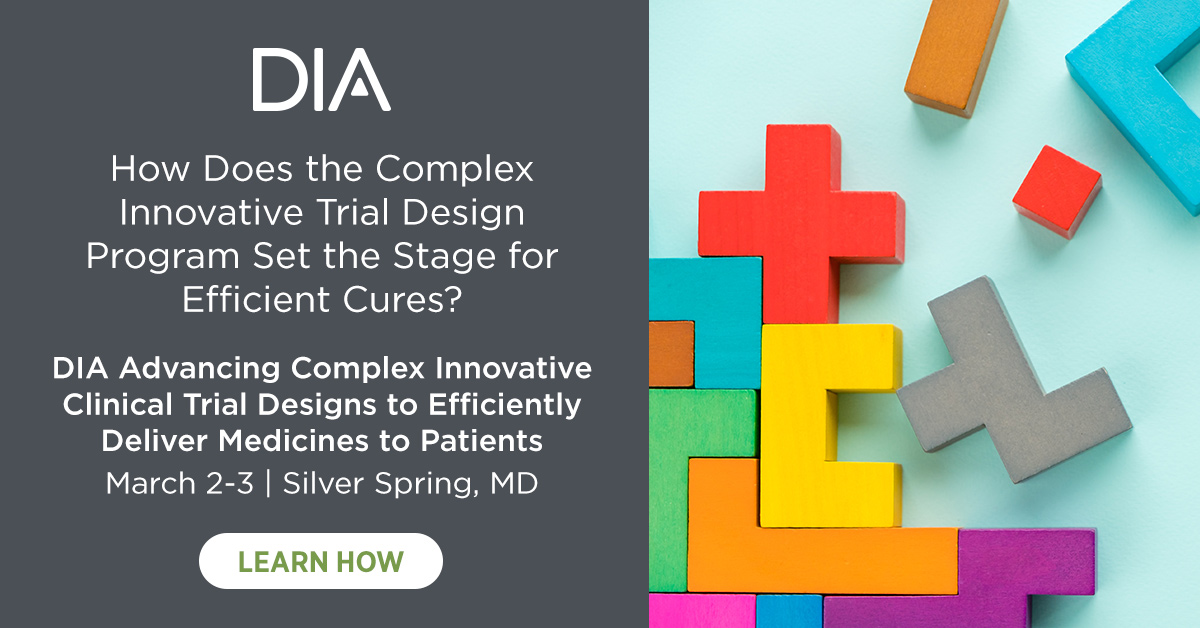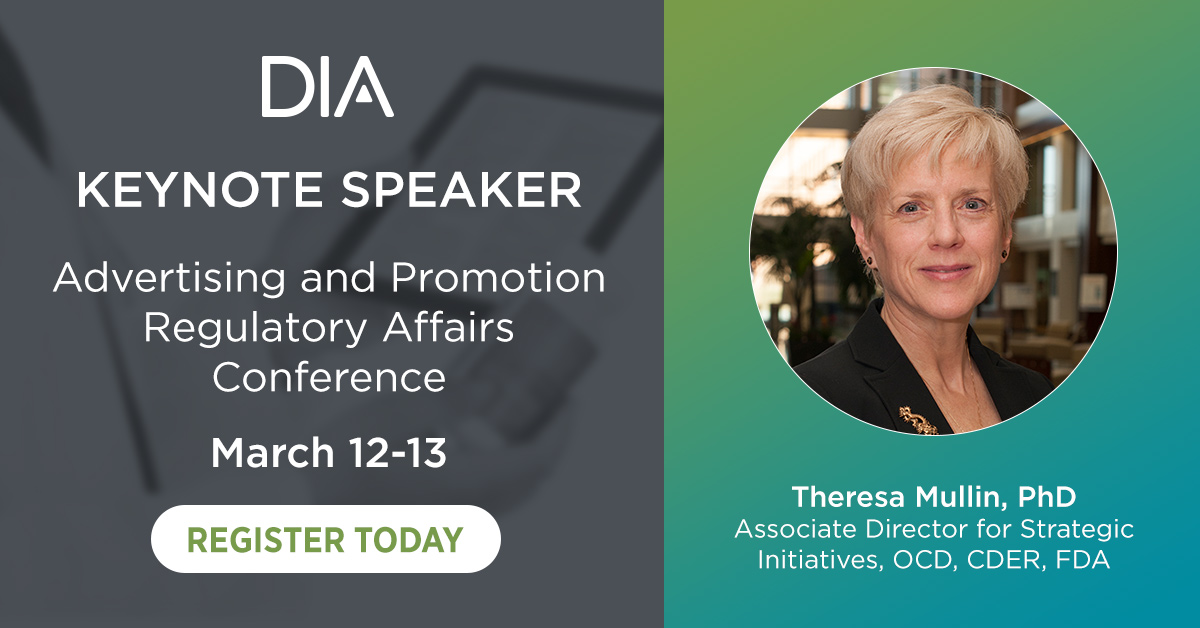February 2020 Global Forum
Table of Contents
Subscribe
Love Global Forum‘s new online format? Subscribe today and never miss an issue.
Editorial Board
Content stream editors
Gary Kelloff US National Institutes of Health
David Parkinson ESSA Pharma, Inc.
regulatory science
Yoshiaki Uyama Pharmaceuticals and Medical Devices Agency (PMDA)
Adora Ndu BioMarin Pharmaceutical, Inc.
Patient engagement
Deborah Collyar Patient Advocates In Research (PAIR)
Lode Dewulf Servier
Editorial Staff
Alberto Grignolo, Editor-in-Chief Parexel International
Ranjini Prithviraj, Global Associate Director, Content Collaboration DIA Publications
Sandra Blumenrath, Science Writer DIA Publications
Chris M. Slawecki, Senior Digital Copyeditor DIA Publications
Regional Editors
David Mukanga Bill and Melinda Gates Foundation
ASEAN
Silke Vogel Duke-National University of Singapore Medical School
AUSTRALIA/NEW ZEALAND
Richard Day University of New South Wales, Medicine, St. Vincent’s Hospital
CANADA
Judith Glennie JL Glennie Consulting, Inc.
Megan Bettle Health Canada
CHINA
Ling Su Shenyang Pharmaceutical University, Lilly Asia Ventures
Europe
Thomas Kühler Sanofi R&D
INDIA
J. Vijay Venkatraman Oviya MedSafe
JAPAN
Akiko Ikeda Janssen Pharmaceutical K.K.
MIDDLE EAST
Inas Chehimi Novartis
USA
Ebony Dashiell-Aje FDA
Young Professionals Editor
DIA Membership
Bringing together stakeholders for the betterment of global health care.
Immunogenic Cell Death: Bench Comes to Bedside…With Caveats
Washington DC VA Medical Center
mmunologic therapies for cancer wax and wane in popularity. Interest is now waxing for monoclonal antibody-based checkpoint inhibitor therapy because of incredible responses in patients with advanced lung, kidney, and melanoma cancers. In addition, the use of oncologic viruses such as IMLYGIC (talimogene laherparepvec or T-VEC) has spurred a renewed enthusiasm for such viruses as immunologic agents. Radiation and phototherapy also seem to drive immune responses that cause untreated lesions to regress (the abscopal effect). Checkpoint inhibitors are now standard of care in first line treatment of Non-Small Cell Lung Cancer. However, recent data indicate that checkpoint inhibitor therapy appears to be most successful in patients whose malignancies have a high Tumor Mutational Burden to create neoantigens, numerous inflammatory and immune cells that infiltrate tumors to make them “Hot,” and evidence of an immune response by the expression of PD-L1, a checkpoint inhibitor ligand.
The enhanced response rate to T-VEC when given intralesionally along with persuasive preclinical data suggest that certain cancers, like colon cancer, may show a much higher response rate if the therapy is administered intralesionally as compared to the usual parenteral administration. A resulting higher Immunogenic Cell Death (IHC) could be a great benefit to the cancer patient.
Does Regional Culture Matter in Patient Engagement?
Daiichi Sankyo Co., Ltd.
Link Global Solution Inc.
ore and more attention is being paid to patient engagement initiatives in the development of new therapies. The European Medicines Agency (EMA) now has one of the longest histories in patient engagement activities and deliverables through its diligent work with patients. Meanwhile, the US Food and Drug Administration (FDA) has spent significant time and resources on workshops with patients, and deliverables are available to the public as part of the Patient-Focused Drug Development (PFDD) initiative. Analogous activities are becoming more and more noticeable in many countries and regions as efforts to understand real medical needs from patients’ points of view, and there is increasing desire to meet those needs.
Servier
his month’s Patient Engagement article by Tsukamoto and Monteath highlights the often overlooked or underestimated issue of cultural diversity. While everyone knows the buzzword, the reality is that too many of us suffer the results of this blind spot.
Rising to the Challenges of Developing Rare Disease Treatments
Cecil Nick
Arlene Hughes
Richard Macaulay
Parexel International, Inc.
rare disease is a disorder affecting a small fraction of the population compared with other prevalent diseases. A significant number of rare diseases are severe, progressive, life-threatening or chronically debilitating
Approximately 7,000 known rare diseases affect an estimated 350 million people worldwide. Most rare diseases are genetic in origin, and a large proportion of rare diseases (65-75 percent) have their onset in childhood. Only five percent of rare diseases have effective treatment; hence, there is a huge unmet need in this area. The US FDA and the European Union (EU) define a drug or biologic intended to treat a rare disease or condition as an orphan drug.
Challenges that clinical trials to develop orphan drugs face include:
- small populations with limited opportunity for study participation and replication of results in larger trials
- heterogeneous manifestation of disease and phenotypic presentations
- poorly understood disease and pathophysiology (on average, a rare disease patient visits seven specialists, and a correct diagnosis can take as long as five to eight years)
- lack of consensus on clinical outcome measures and poorly defined endpoints.
Around the Globe
he original wave of biosimilar regulatory approvals in Canada several years ago prompted a range of reimbursement policy responses on the part of both public and private payers. Canadian public payers leveraged introduction of the infliximab biosimilar to create policies intended to secure significant cost savings for drug plans as the scope of available biosimilars expanded over time. In April 2016, the pan-Canadian Pharmaceutical Alliance (pCPA) Office released its First Principles for Subsequent Entry Biologics policy to guide more consistent price negotiations for biosimilars and their related reference biologics.
During this time, international reimbursement bodies aggressively pursued substitution and switching policies to leverage biosimilars’ cost-savings opportunities. Canadian payers, however, avoided forced switching of patients to biosimilars.
Despite drug plan policies mandating use of biosimilars for patients new to treatment (e.g., with infliximab or etanercept), uptake of biosimilars in the Canadian market has been very slow and has not generated expected savings. Emerging evidence coupled with significant health system fiscal pressures have now created momentum for government drug plan managers to move forward with efforts that will secure additional savings from the broader use of biosimilars.
Around the Globe
he DIA 13th Middle East Regulatory Conference (MERC) in Cairo, Egypt, opened with the touching and impactful testimony of a patient from Jordan and continued to bring the patient to the heart of two days of scientific exchange, constructive dialogue, and compelling debate about the challenges and opportunities throughout the Middle East.
Key Takeaways
- Regulatory dynamics vary across the region’s various nations: While some countries are working to simplify processes and others to implement digital systems, many are working to implement fast-track approval systems that will accelerate access to medicines for patients in the region.
- As gene therapies and other innovative treatments begin to reach the Middle East, regulatory science in the region must develop further and faster.
- Regulators and health agencies must reflect on the proper balance between price and value, as defined by patient outcomes, that will deliver a trusted, sustainable environment for all biological medicines, including biosimilars.








